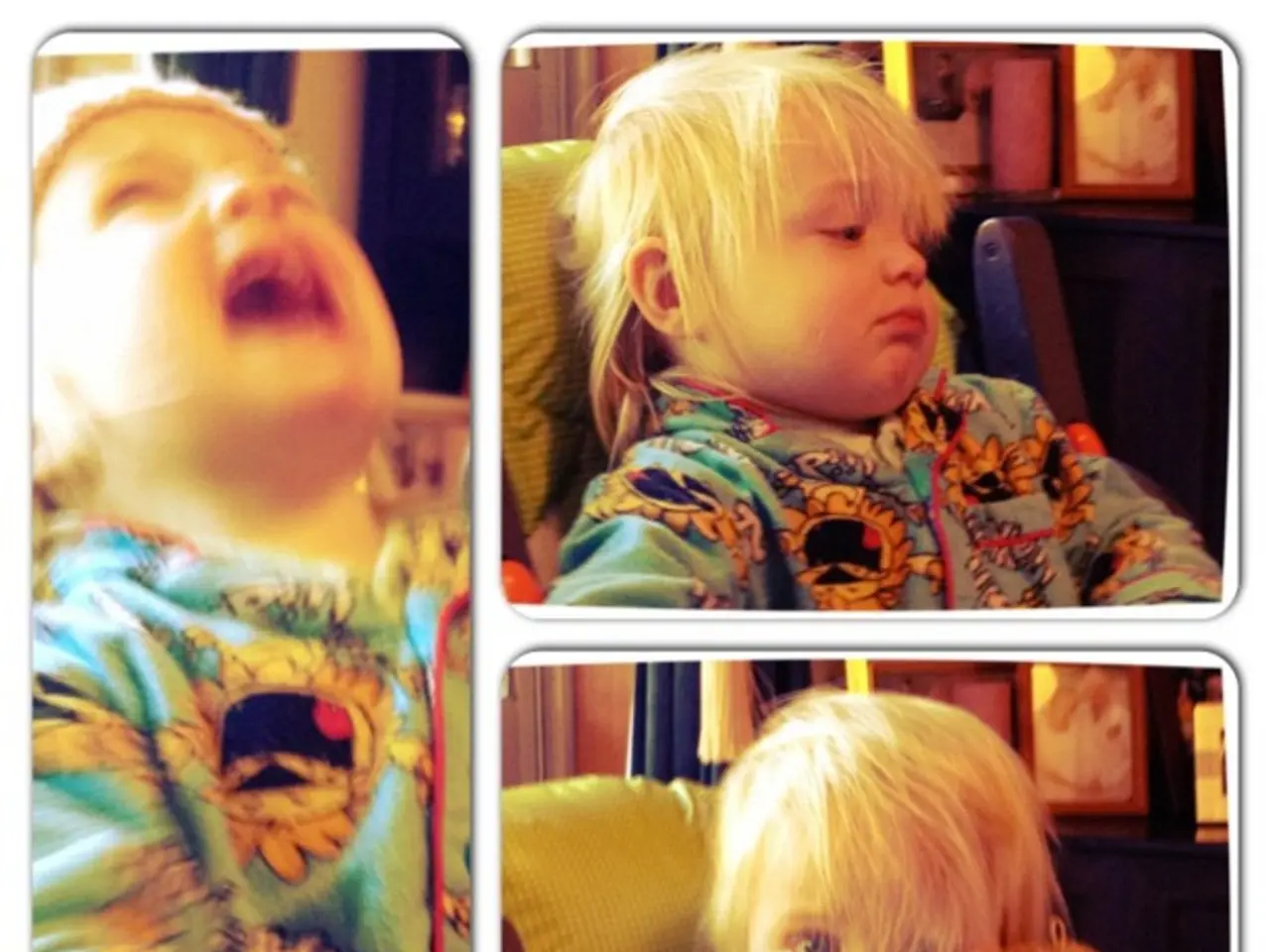Unraveling Thought Patterns in Adolescents - Identifying Mental Distortions in Teenagers' Cognitive Processes
In the formative years of adolescence, teenagers face a myriad of challenges that can significantly impact their thoughts, emotions, and behaviours. One such challenge is the presence of cognitive distortions, which are distorted mental processes that can cause inaccurate or skewed perceptions of reality.
Cognitive distortions can take many forms, and some of the most common ones affecting teenage self-esteem and decision-making include all-or-nothing thinking (black-and-white thinking), overgeneralization, catastrophizing, personalization, emotional reasoning, mind reading, fortune telling, should statements, labeling, mental filtering, discounting the positive, and jumping to conclusions.
All-or-nothing thinking causes teens to view situations or themselves in extremes, leading to rigid, harsh self-evaluations. For example, a teen might think, "If I fail this test, I'm a total failure." Overgeneralization, on the other hand, causes teens to draw broad negative conclusions from single events, reinforcing low self-esteem. An example of this would be, "I messed up once, so I will always mess up."
Catastrophizing results in imagining worst-case outcomes, increasing anxiety and avoidance in decision-making. Personalization leads teens to blame themselves for things beyond their control, fueling guilt and diminished self-worth. Emotional reasoning involves accepting negative feelings as facts, so if a teen feels worthless, they believe it to be true regardless of evidence.
Mind reading and fortune telling cause teens to assume others’ thoughts or predict negative future events without evidence, impairing social interactions and confidence. Should statements create unrealistic demands on themselves or others, increasing stress and fear of failure. Labeling and mislabeling lead to global negative self-labels based on mistakes, deeply harming self-esteem.
Mental filtering means focusing exclusively on negatives and ignoring positives, skewing perception toward failure. Discounting the positive causes teens to dismiss successes as luck or insignificant, preventing internalization of achievements. Jumping to conclusions includes mind reading and fortune telling, increasing social anxiety and decision-making difficulties by assuming negative outcomes without evidence.
These patterns of distorted thinking are especially impactful during adolescence, when identity and self-worth are developing. Cognitive distortions contribute significantly to poor self-esteem and impairments in decision-making by reinforcing negative self-images and unrealistic expectations.
Recognizing the signs of cognitive distortions in teens is crucial for providing effective guidance and intervention. Signs include excessive worry or anxiety, low self-esteem, conflict with others, changes in behaviour, and changes in academic performance.
Educators should be observant of fluctuations in a teen's academic engagement, including changes in effort, participation, and overall performance. Minimizing is a cognitive distortion where some teens may downplay the significance of their accomplishments or abilities, reflecting a lack of self-confidence. Teens engaging in minimizing may not fully appreciate their academic achievements, leading to a lack of motivation in their academic pursuits.
Social comparison can lead to feelings of inadequacy, jealousy, or an exaggerated sense of superiority in teens. Excessive worry about body image can lead to conditions such as body dysmorphic disorder in teens. In this distortion, teens become overly preoccupied with perceived flaws or imperfections in their appearance.
Addressing cognitive distortions through awareness, evidence-based questioning, perspective-taking, and self-compassion can help teenagers develop healthier thought patterns and better emotional and decision-making outcomes. By recognising and confronting these distortions, we can empower teenagers to navigate their formative years with greater confidence and resilience.
[1] Beck, J. S. (1976). Cognitive therapy and the emotional disorders. New York: International Universities Press. [2] Burns, D. D. (1980). The Feeling Good Handbook. New York: William Morrow & Company.
- Adolescence is a critical period for teenagers as they deal with various challenges that can affect their mental health, including the presence of cognitive distortions.
- Cognitive distortions can negatively impact teenagers' self-esteem, decision-making, and emotional well-being, by causing inaccurate or skewed perceptions of reality.
- Examples of common cognitive distortions affecting teenagers include all-or-nothing thinking, overgeneralization, catastrophizing, personalization, emotional reasoning, and mind reading.
- These patterns of distorted thinking can contribute to poor self-esteem, impaired decision-making, excessive worry or anxiety, conflict with others, changes in behavior, and changes in academic performance.
- Educators can address cognitive distortions in teens through strategies such as awareness, evidence-based questioning, perspective-taking, and self-compassion to help them develop healthier thought patterns.
- Recognizing the signs of cognitive distortions in teenagers is essential for providing effective guidance and intervention towards their personal growth and mental health.
- The impact of cognitive distortions on teenagers' mental health and well-being has been supported by various scientific studies in health-and-wellness and mental-health literature, as outlined in works such as Beck (1976) and Burns (1980).




